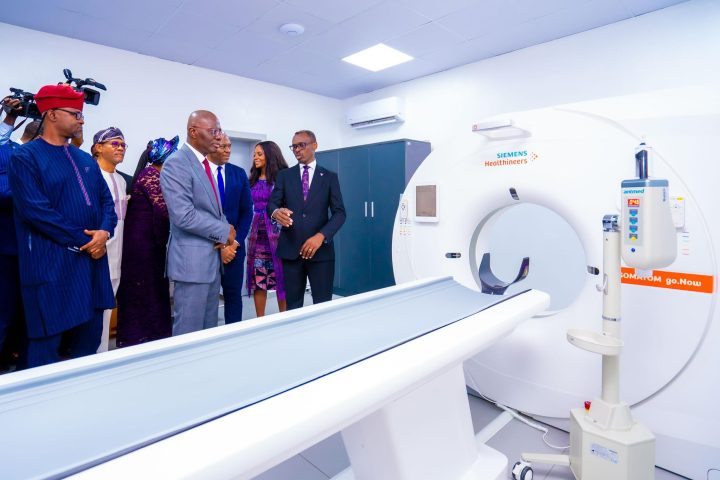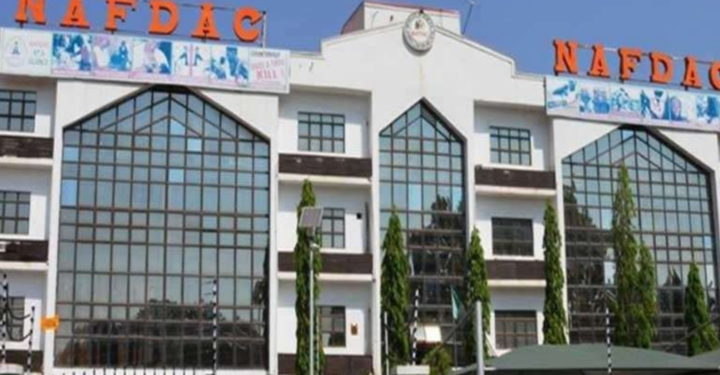By Dr Gabriel Uguru
Dwarfism is an umbrella term for short stature caused by as much as 400 genetic conditions. The most common form of dwarfism is called achondroplasia. As much as 250,000 people globally (or about 1 in every 40,000 births) are affected by this form of dwarfism. The condition results from a mutation affecting a protein called the fibroblast growth factor receptor 3, which is important for bone growth. People with the condition typically have a height average of between 124 and 132 cm. The mutation occurs spontaneously without any known condition triggering it, though in some cases parents can pass the condition to their offspring.
Join our WhatsApp ChannelThere are some health issues associated with achondroplasia apart from weak muscle tone that could result in delayed motor skill development (i.e. standing and walking). People with the condition are prone to breathing difficulties due to upper respiratory blockages, spinal cord compression, obesity, ear infections, and sleep apnea, amongst other conditions.
Perhaps, one of the most serious conditions of the adverse effects of achondroplasia is the pinching of the opening at the base of the skull, called the foramen magnum. The spinal cord exits the cranial cavity through this large, oval-shaped opening. In young children with achondroplasia, this hole is smaller, creating congestion that squeezes the brain stem and spinal cord, and in most cases results in fatalities. The condition is alleviated by surgery involving the removal of a part of the skull and shaving off the bone to widen the foramen magnum (i.e. the opening at the base of the skull). By this procedure the pressure on the brainstem and the spinal cord is relieved.
The traditional procedure for improved height and quality of life in achondroplasia persons is bilateral limb lengthening, which involves surgery/ several surgeries to stretch bone segments like the tibia (lower legs) and the femur (upper legs), to gain a few centimetres in height. This procedure is complicated and comes with risks.
In 2021 a drug produced by BioMarin Pharmaceutical called Vosoritide (sold under the brand name Voxzogo), was approved for the treatment of achondroplasia. Vosoritide is an analogue of the protein C-type natriuretic peptide (CNP), which has been shown to improve bone growth in mice. When the gene encoding the protein, fibroblast growth factor receptor 3 (FGFR3) undergoes a single nucleotide substitution, it becomes excessively active (ie it is constitutively expressed), and prevents normal bone growth, resulting in the achondroplasia condition. The most common substitution is glycine (G) 380 for arginine (R) resulting in an FGFR3-G380R mutation. Vosoritide dampens the expression (i.e. the activity) of the gene by binding to a receptor called the natriuretic peptide receptor B. Thus, Vosoritide acts indirectly on FGFR3 by binding to a different receptor, which upon activation interferes with one of the pathways that controls bone growth.
The drug is approved for use in children aged two years and over (in the EU), or 5 years and over (in the USA). These early stages of treatments are important because growth velocity in humans is at its maximum in the first two years of life. Averagely, by age 14 for boys or 12 for girls, another spur in height is experienced resulting in peak velocity averages of 10 cm in boys and 9 cm in girls. After this phase, growth velocity declines to zero, followed by the closure of the growth plate. This means that therapy for achondroplasia must be administered before closure of the growth plate. Any therapy administered after the closure of the growth plate is unlikely to improve the achondroplasia condition. In other words, therapeutic intervention is important during the early stages of development when growth velocity is at maximum. This also gives a maximum length of treatment before the closure of the growth plates.
READ ALSO: Bone Marrow Replacement Therapy May Be A Cure For HIV/AIDS
TransCon CNP produced by Ascendis Pharma is also an analogue of CNP as is Vosoritide. It is composed of 37 amino acids of natural CNP, but unlike Vosoritide, it has an extra leucine at the N-terminus. TransCon CNP has a similar mode of action as Vosoritide but it is designed to last longer in the body by its inbuilt resistance to the body’s protease enzymes. This improvement means that people taking the drug require only once weekly dosing unlike Vorositide, which requires daily dosing. The drug has shown promise in improving bone growth in mouse and monkey models. The drug has undergone Phase 2 clinical trials and was shown to improve some of the adverse effects associated with achondroplasia such as heavy snoring or curvature of the spine.
Recifercept is Pfizer’s orphan drug for achondroplasia. An orphan drug is a therapy for the treatment of a rare disease affecting far fewer people to justify its commercial viability. Recifercept is a decoy molecule designed to bind to the isoforms (or variants) of the fibroblast growth factor 3 (FGFR3), and by this process reduce the signalling of FGFR3. In the mouse model, Recifercept shows promise in restoring body weight, body length and improving long skeletal bones.
However last January, just weeks after completing a Phase 2 clinical trial to evaluate the safety and efficacy of the drug, Pfizer shocked the public when it announced the discontinuation of Recifercept. According to a Pfizer press statement, “The decision comes following completion of a planned interim analysis of its Phase II clinical study of Recifercept, which showed the study would not meet its primary endpoint. It is important to note that the study was not discontinued for safety reasons.”
READ ALSO:A Rare Genetic Mutation Could Delay The Onset of Alzheimer’s
Pfizer’s strategic restructuring of its R&D drug portfolios included the discontinuation of several other drugs in its pipeline, including its rheumatoid arthritis candidate drug, Ritlecitinib, and 3 other early-phase cancer candidate drugs. Even its popular COVID-19 tablet, Paxlovid (showcased in our 11 November 2021 edition), was given the chop after its dismal performance in a post-exposure protection trial against the virus.
Infigratinib produced by Bridgebio Pharma was approved in 2021 by the US FDA for the treatment of bile duct cancer, cholangiocarcinoma. However, the drug has shown promise in bone length improvement, increase in the size of a section of the spine, as well as increase in the size of the foramen magnum (i.e. the opening at the base of the skull). Thus, infigratinib could be beneficial in treating spinal stenosis, a condition that occurs due to exertion of pressure on the spinal cord when the space inside the backbone is too small. Spinal stenosis is associated with achondroplasia. Infigratinib directly binds to FGFR3 and inhibits it. The drug is currently undergoing clinical trials for achondroplasia. The Phase 2 clinical trial showed an increase in height velocity of 1.53 cm per year compared to 1.57 cm per year observed for Vosoritide.
There are many more drugs designed for treating achondroplasia apart from the aforementioned. These drugs, including Vorositide, TransCon CNP, and Infigratinib, are in various stages of clinical trials designed to evaluate their efficacy and safety. In this regard, since most of these drugs are designed to have different targets, they could be combined to act synergistically to improve efficacy and quality of life.
These plethora of precision medications for speeding up growth in dwarfism may not be as welcome as they would have been years ago. This is because in this current age of political correctness, and liberalism, many people with dwarfism no longer see themselves as disabled, and being short in stature as a big deal. However, directing efforts towards improving the adverse effects associated with achondroplasia and other dwarfisms should be most welcome.


















Follow Us